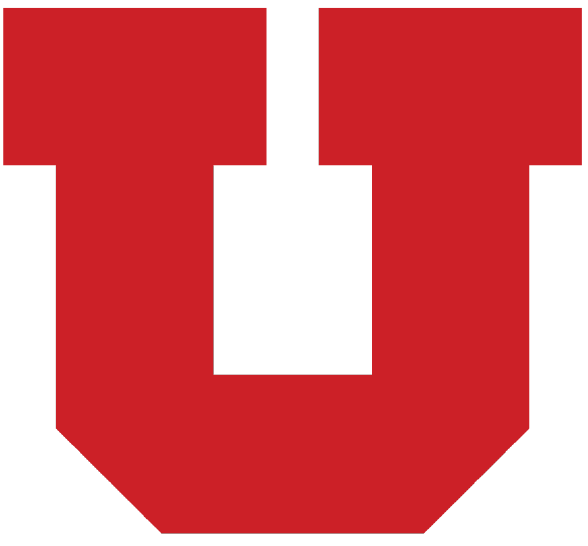Contact Us
Matthew Thiese, PhD, MPSH
Occupational Injury Prevention Program Director
Kat McColl
RMCOEH Graduate Academic Advisor
There are plenty of opportunities within occupational and environmental health and safety for those who want to specialize in one discipline. Someone who wants to spend their career evaluating chemical exposures at construction sites, for instance, is suited for industrial hygiene, while another person may envision themselves in ergonomics, designing tools that reduce physical stress on workers, or helping workers through the pursuit of occupational health psychology.
But what about people who aren’t content with a narrow job description? People who want to do it all, and who desire a career that offers myriad paths and limitless ways to improve the lives of workers?
Their calling may be in occupational injury prevention, a cutting-edge area within occupational and environmental health and safety that requires expertise in a number of disciplines, and where professionals find that no one day looks like the next as they seek to make a difference in diverse and varied ways.
What is Occupational Injury Prevention?
Occupational injury prevention professionals are trained in evaluating workplace hazards, designing and implementing preventive interventions, and evaluating the efficacy of prevention efforts.
But rather than examining issues through the lens of a single discipline, occupational injury prevention involves a holistic process that incorporates several perspectives and approaches. It is the role of these professionals to pull at threads from all angles, connecting the dots between disciplines to find solutions that best serve the physical and mental health and well-being of workers.
The rewards of a career in occupational injury prevention are many, and those who pursue it have the opportunity to advance the aim of protecting workers on both an individual and organizational level, impacting hundreds or thousands of lives.
Our Program
Degrees and Requirements
- Master of Occupational Health
- Master of Science in Occupational Health
- PhD in Occupational and Environmental Health
- PhD in Mechanical Engineering

RMCOEH’s Occupational Injury Prevention program is comprehensive and includes training at the master’s and doctoral levels. While all RMCOEH programs focus on interdisciplinary training, the Occupational Injury Prevention program ups the ante: Students receive multidisciplinary instruction in topics such as epidemiology, biostatistics, occupational injuries and diseases, ergonomics and biomechanics, industrial hygiene, the management of health and safety programs, occupational health psychology, and more.
All trainees in the program receive these foundational skills that will prepare them for careers. PhD students, however, focus their studies on one of two emphases: occupational injury epidemiology through the University of Utah Division of Occupational and Environmental Health, or occupational safety engineering through the Department of Mechanical Engineering. The former focuses on epidemiology and health, while the latter is concentrated on how workers interact with the built environment.
Regardless of the path they take during their time at RMCOEH, trainees in this program emerge poised for success. Half of our graduates are either managers or directors in their organizations, according to a 2022 RMCOEH alumni survey, which additionally indicated that 100% of graduates are “very satisfied” with the training they received.
Said one student in the survey: “Phenomenal program and training. I felt like I walked away with a great education that set me ahead of my peers in the field after graduation.”
Career Outlook
The prospects of occupational injury prevention professionals are exceptional, as more medium and large businesses than ever are realizing that protecting their employees’ health and well-being positively affects their bottom line. The career opportunities are varied, with jobs available in industry, academia, government, and consulting.
Further, no one career path is identical to another. One recent graduate of our program, for instance, works at the Massachusetts Institute of Technology—not as an educator, but in a role that involves collaborating with employees to identify risks to their health and safety and prioritizing challenges to tackle. Another works in film production, anticipating the dangers on a set, from pyrotechnics to tripping hazards, and conceiving ways to alleviate them.
The opportunities stemming from this area of study are vast. And students leave our program ready to capitalize on them, with all the skills they need to thrive professionally and ensure the workers their efforts touch are safer, happier, and healthier.





 © 2026 Rocky Mountain Center for Occupational and Environmental Health
© 2026 Rocky Mountain Center for Occupational and Environmental Health